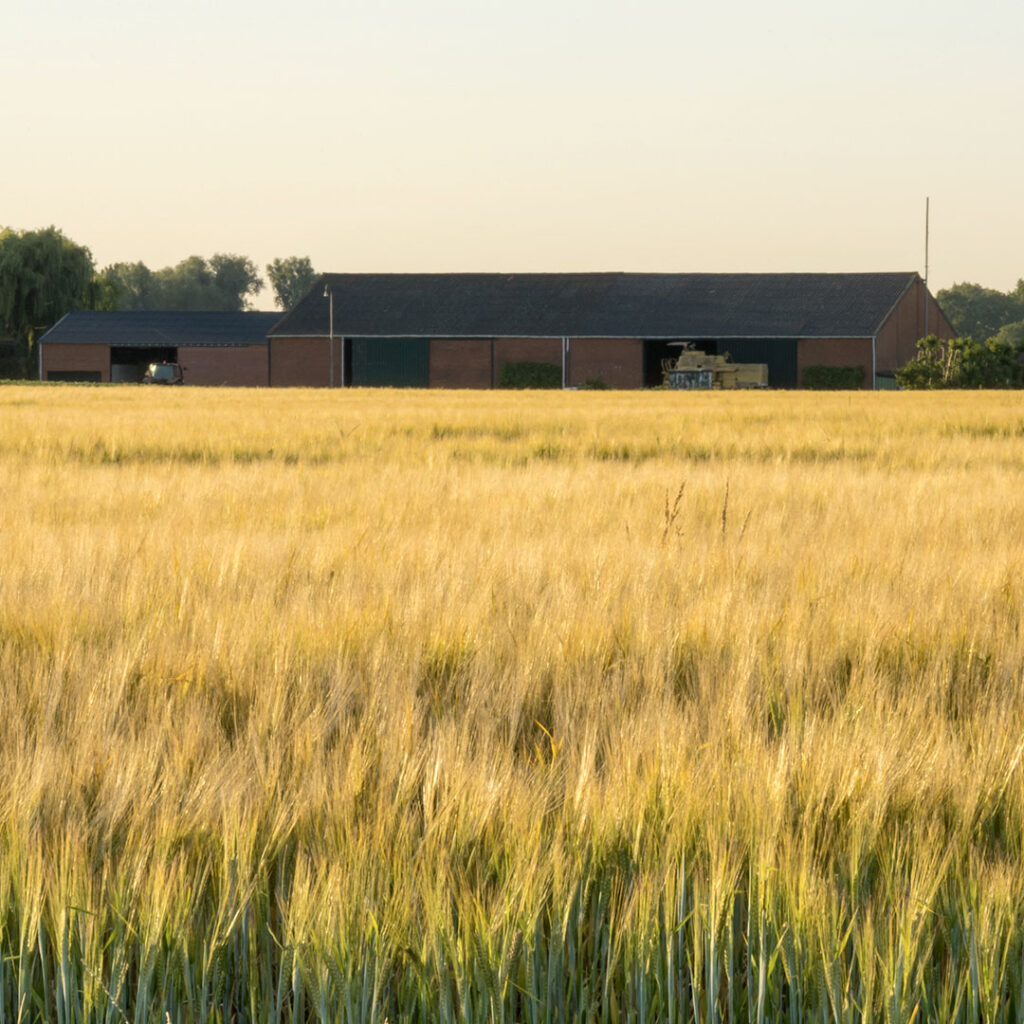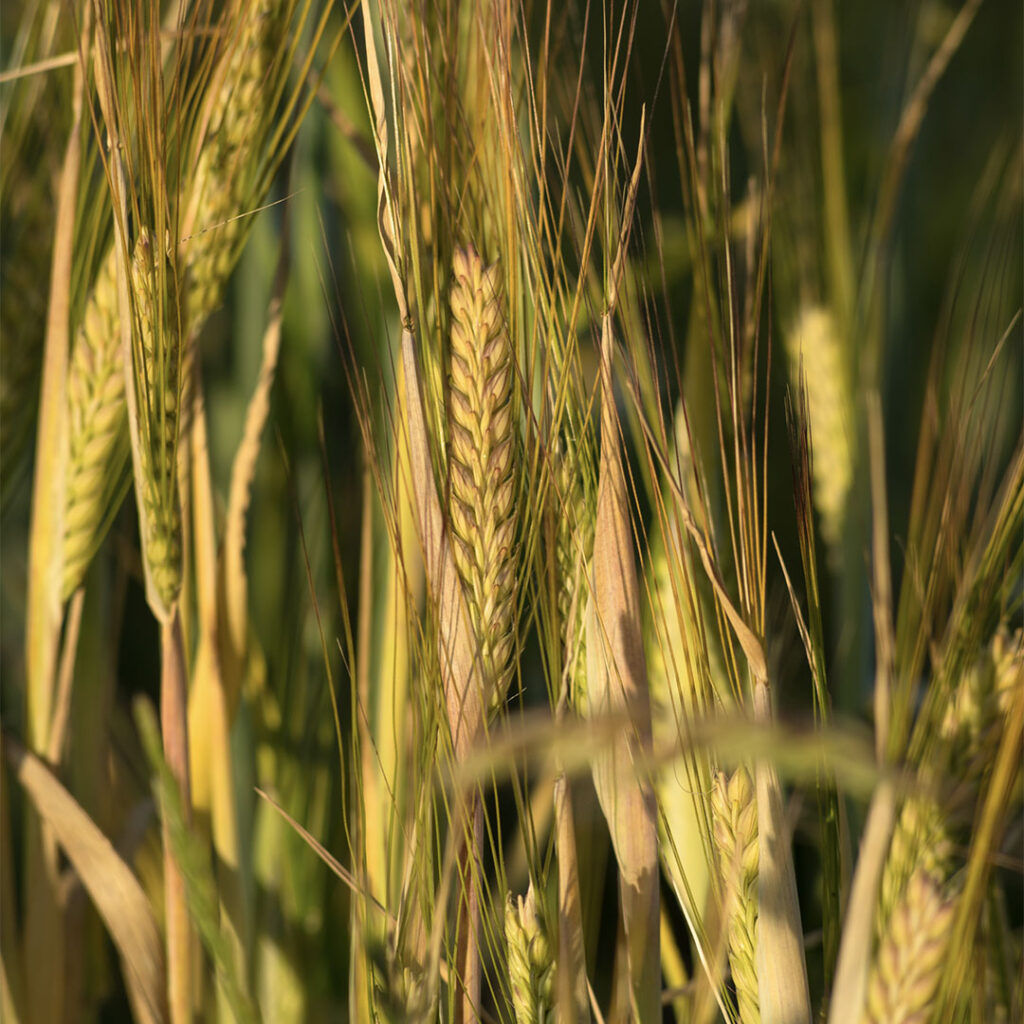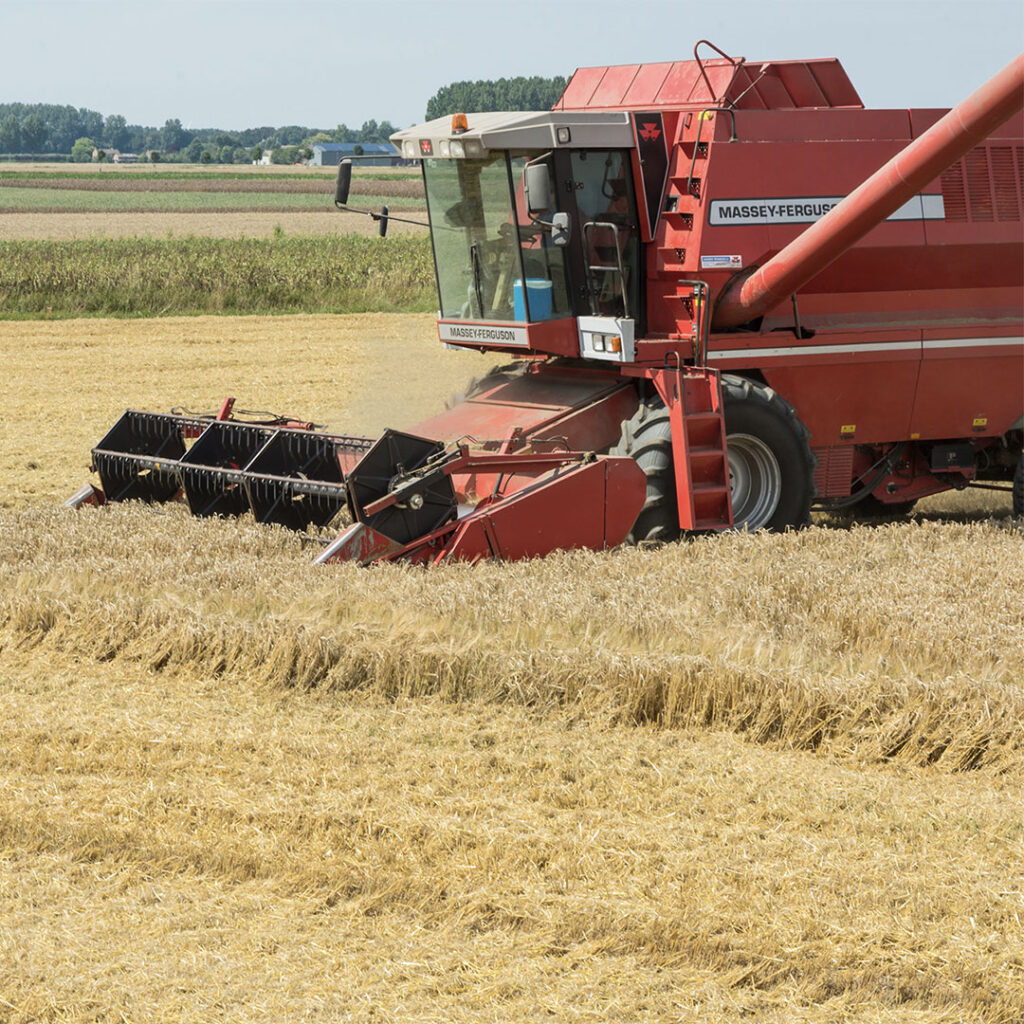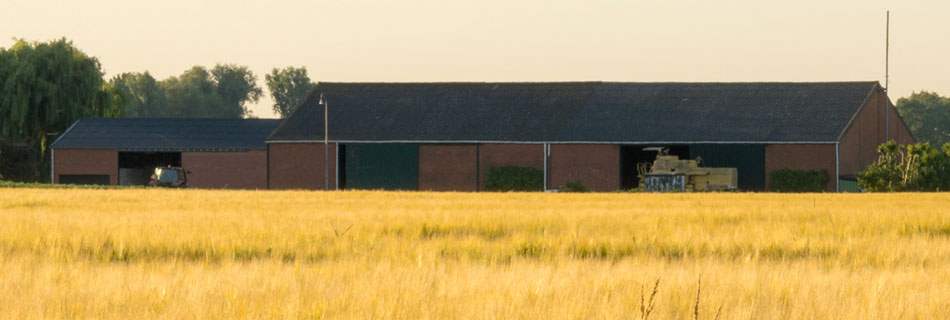Both organic and regenerative farming prioritise sustainability. However, their approaches to soil health, biodiversity, and carbon sequestration differ significantly. Let’s explore these differences.

Core objectives
Organic: Organic farming avoids synthetic pesticides, herbicides, and genetically modified organisms (GMOs). It focuses on preventing harm rather than restoring ecological balance.
Regenerative: The goal of regenerative farming is to restore and enhance natural ecosystems. Farmers improve soil health, biodiversity, and overall ecosystem resilience.
Soil health
Organic: Organic farms prioritise soil health but may use tillage, which disrupts soil structure. Regenerative farms limit disturbance to protect soil integrity.
Regenerative: Farmers build soil fertility using cover crops, crop rotation, and reduced tillage. These methods retain moisture and support microbial activity.
Biodiversity
Organic: Organic farms avoid synthetic chemicals, which protects biodiversity. However, regenerative farms actively enhance ecosystems rather than just preventing harm.
Regenerative: Farmers encourage biodiversity by planting diverse crops, integrating livestock, and creating habitats for beneficial species.
Carbon sequestration
Organic: Organic methods lower carbon emissions by avoiding synthetic inputs. However, regenerative farms take a more proactive role in carbon sequestration.
Regenerative: Techniques such as agroforestry, no-till farming, and cover cropping store carbon in the soil, reducing atmospheric CO2.

Expected yields per hectare
Organic: Organic yields typically reach about 50% of conventional yields. Limited nutrient availability and pest pressures reduce productivity.
Regenerative: These farms often achieve higher yields than conventional farming. Healthy soil improves fertility, pest resilience, and water retention.
Holistic approach
Organic: Organic farming avoids synthetic inputs and follows strict regulations. However, it may not address broader ecosystem interactions.
Regenerative: Farmers consider the entire ecosystem, including soil, water, plants, and animals. This approach fosters long-term sustainability.
Upfront investments
Organic: Certification fees, organic inputs, and transition periods demand financial commitment. Higher market prices offer long-term economic benefits.
Regenerative: Transitioning requires investments in soil health and equipment. However, government incentives help offset costs.

Scalability
Organic: Scaling organic farming requires overcoming challenges such as certification, input availability, and market access.
Regenerative: This method suits various landscapes by working with natural processes. It supports large and small-scale farms alike.
Final thoughts regarding organic and regenerative farming
Both methods support sustainable agriculture. However, regenerative farming takes a proactive approach by restoring ecosystems and improving yields. Organic farming primarily prevents harm but does not always regenerate the land.
As brewers, which farming practice do you see shaping the future of high-quality malts? Your perspective can influence sustainability in brewing and beyond.


